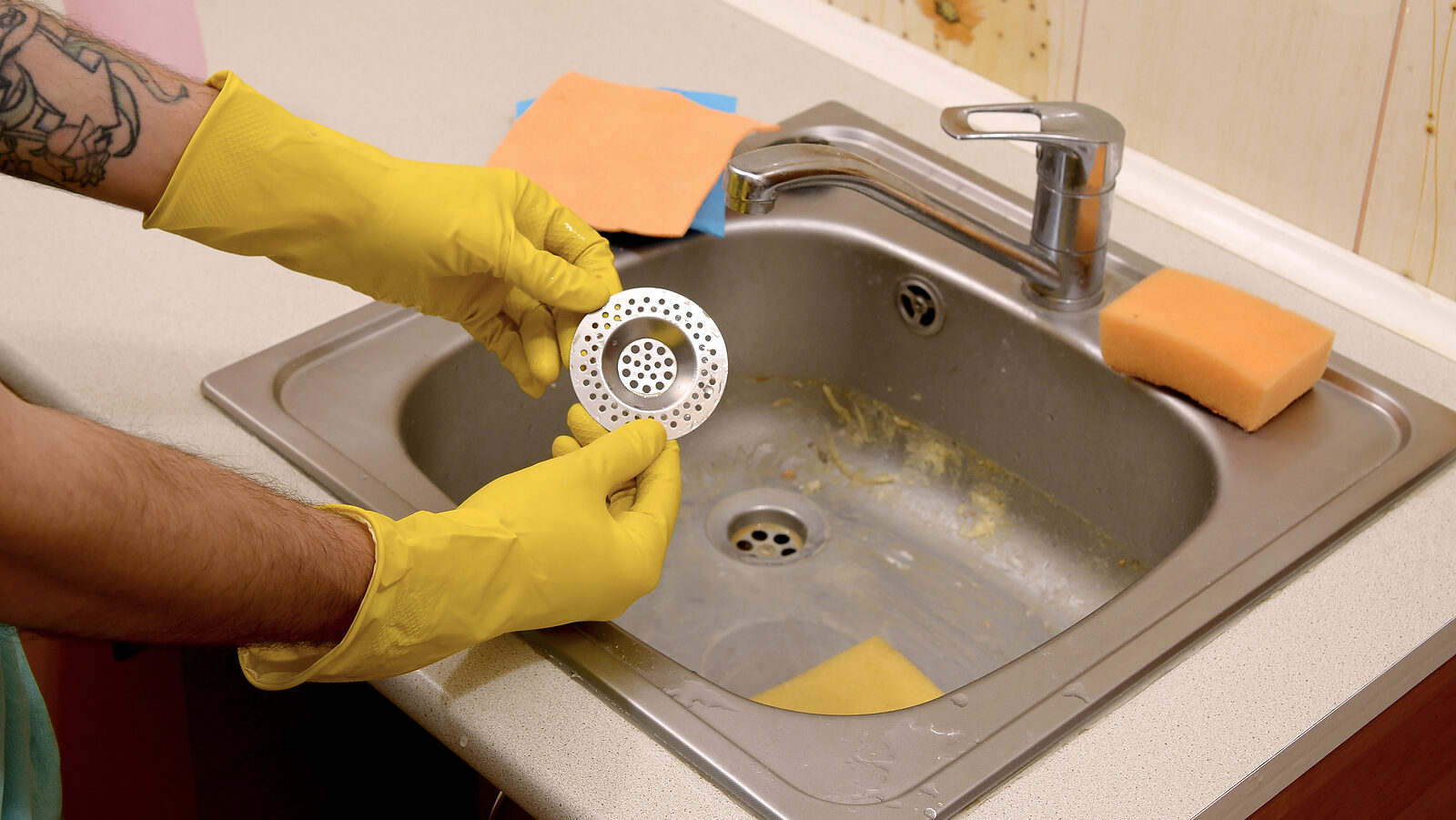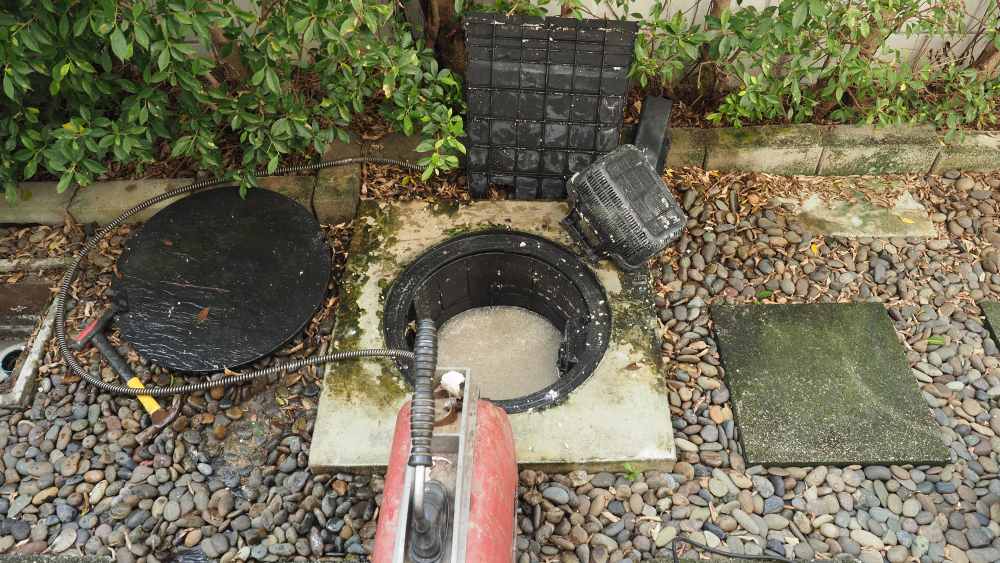Tips for Handling a Blocked Drain Before Engaging Professional Assistance
Tips for Handling a Blocked Drain Before Engaging Professional Assistance
Blog Article
Were you searching for insight involving Tips for Dealing with Clogged Drains and Sewer Lines?

Introduction
Taking care of a blocked drain can be a discouraging experience, interrupting daily tasks and potentially creating damage to your home. However, before connecting to plumbing experts, there are actions you can take to attend to the concern yourself. In this overview, we'll discover DIY services and safety nets to take on a blocked drainpipe properly.
Identifying the Problem
The primary step in resolving a blocked drain is recognizing the signs. Sluggish drain, gurgling sounds, foul odors emanating from drains pipes, or water backing up are common indications of an obstructed drainpipe. Recognizing these indications early can aid protect against further difficulties.
Picking the Right Plumbing Solution
When choosing a pipes service, take into consideration elements such as experience, licensing, and consumer evaluations. Select a respectable plumbing professional with a track record of quality craftsmanship and transparent pricing practices.
Price Factors to consider
The price of expert drainpipe cleaning company can vary depending on the seriousness of the obstruction and the plumbing professional's prices. Demand quotes from multiple carriers and ask about any kind of service charges to guarantee transparency and prevent surprises.
Security Precautions
When trying DIY drainpipe cleansing, prioritize safety and security. Wear safety handwear covers and eyewear to prevent contact with hazardous chemicals or germs. Never ever blend various drain cleaning products, as this can generate unsafe fumes.
Case Studies
Real-life examples show the performance of DIY options and the value of prompt specialist treatment in resolving drain blockages.
Common Causes of Obstructed Drains
Comprehending the elements that contribute to drain clogs is crucial for reliable resolution. Typical perpetrators include hair, soap scum, grease, food particles, and international items like sanitary items or paper towels. Tree roots invading below ground pipes can also create considerable blockages.
Do it yourself Solutions
For minor clogs, a number of do it yourself services can be reliable. Putting boiling thin down the drain can assist dissolve oil and particles. Sodium bicarbonate and vinegar or a combination of salt and cooking soft drink can function as all-natural cleaners. Utilizing a bettor or plumbing snake to dislodge obstructions is another option.
Tools and Tools
Having the right devices available can make do it yourself drainpipe cleansing more reliable. A plunger is a versatile tool for removing obstructions in sinks, bathrooms, and showers. A plumbing snake or auger can reach deeper clogs, while drain cleansing chemicals can be made use of meticulously for persistent clogs.
Safety nets
To prevent future obstructions, adopting preventive measures is essential. Install drainpipe guards or strainers to capture hair and debris before they get in the pipes. On a regular basis flush drains with warm water to liquify oil buildup, and stay clear of disposing of oil or solid waste down the tubes.
When to Call a Professional
While do it yourself services can solve small blockages, particular signs indicate the requirement for expert aid. Persistent blockages, foul odors in spite of cleaning up initiatives, or several drains pipes supporting at the same time are red flags that necessitate professional intervention.
Conclusion
By adhering to the suggestions outlined in this overview, you can properly take on obstructed drains pipes and avoid future plumbing issues. Whether choosing DIY services or seeking specialist help, punctual action is vital to keeping a healthy pipes system and maintaining the stability of your home.
How to Clear a Clogged Drain Yourself (And When to Call In the Professionals)
What Can Clog a Drain
Dirt Skin flakes Hair Grease Soap scum Food Offset pipes Tree roots Small objects Mineral buildup DIY Tricks to Unclog a Drain
You can fix this! Once you have identified the source of the clog (or have a vague idea), you can try one or a combination of these fixes in order to clear your plumbing.
Wire Hanger or Snake
Untangle and clear out hair from a drainpipe with a homemade snake. Use a straightened-out wire hanger with a 90-degree angle hook to locate the clog and drag out any unwanted material.
Remember not to push the clog further down to where the wire hanger cannot reach! If you need to follow up with a plunger, give it a try. Your efforts might be more successful after it’s been wire-snaked.
If you want to get fancy and don’t have a wire hanger to spare, head to the store and pick up a hand-operated drain snake. You can get one for $10-$30. It may save you the hassle, and provide additional length to reach deep into the clogged pipe.
Plunger
A cup plunger has a suction cup attached to a wooden handle. The rubber creates a seal around the drain, and increases the pressure force of the plunger.
Plunge for 30-second increments to loosen the clog. This may need to be repeated over the course of 15-20 minutes. Once plunged, run the water to flush the remaining material out of the drain.
Remember– never use a plunger if you have used a chemical drain cleaner. These chemicals can splash up from the force of the plunger and cause serious injury or burns.
Boiling Water
Hot water can sometimes break up materials into a flushable amount. Dirt, grease, and soap buildup requires heat in order to unstick from surfaces.
Take your kitchen kettle and heat your water to a boil. Once it reaches a rolling boil, pour it directly down the drain into the blockage. Carefully follow with plunging, if necessary.
Don’t worry if this takes more than one try! It can often take multiple kettles and repeated plunging in order to clear a particularly stubborn clog.
Chemical Drain Cleaner
As a last resort, pick up a bottle of chemical drain cleaner. Drain-cleaning chemicals are potent, and not very good for the environment.
You may need to wear protective eyewear in gloves before handling your bottle of chemical drain cleaner. Follow the instructions printed on the bottle, and flush with water as soon as the instructions allow. Do not follow with plunging.
Baking Soda and Vinegar
As a safer alternative to chemical drain cleaner, baking soda and vinegar can create a chemical reaction that clears tough clogs.
Combine one cup of cleaning vinegar with one cup of boiling water, and set aside. Once you have done this, pour half a cup of baking soda down the drain. Give the baking thirty seconds to settle and cover a large portion of the problem drain.
Following the baking soda, pour down your vinegar and hot water solution. Once the vinegar and baking soda combine, the mixture will bubble and fix. Let this reaction fizzle in the drain for about an hour.
After an hour, follow with a kettle’s worth of hot water. The heat and liquid should flush out any remaining material.
When to Call a Plumber
If your DIY attempts haven’t cleared your clog drain, it’s time to call in a professional. It’s not worth losing access to your kitchen sink or high-traffic bathroom. A clog in a vital area can keep you from the things you’d rather be doing, and derail your routine.
Anytime a clog is causing water to spread is a time to call in a plumbing service. What starts out as a little bit of water can quickly grow into serious, expensive water damage.
Additionally, a serious clog can result in burst pipes or serious leaks. Make sure you know when to take it seriously!
https://myguysnow.com/how-to-clear-a-clogged-drain-yourself-and-when-to-call-in-the-professionals/

I'm certainly very involved in 8 Tips For Clearing A Blocked Drain and I'm hoping you appreciated the entire blog posting. Sharing is nice. One never knows, you may be helping someone out. Thanks so much for your time spent reading it.
Click Here Report this page